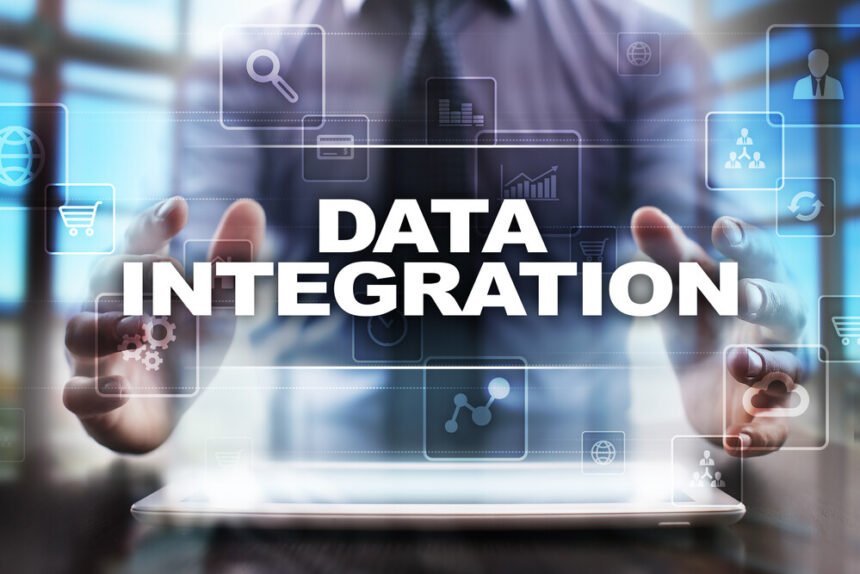Business and Data Transformations
Forward-moving businesses and their data needs comprise a whole new world that is constantly changing. This new data-smart world is built on expanded approaches to data integration that have become known collectively as Modern Data Integration. If businesses want the right kind of data to underpin advanced analytics processes or to create multi-dimensional views of customers, data integration must be pursued as a strategic function that aligns with business objectives.
Most organizations have entered the digital realm, where various aspects of business increasingly incorporate cloud, social and mobile as important platforms. As the usage of these platforms grows, we see more changes in both business and customer behavior. To perform well in the digital realm requires an elastic organization.
Elasticity, both as business and technology infrastructure paradigms, enables organizations to tap into dynamic business models, decision-making processes, and technology mechanisms to strengthen responsiveness to any situation. To empower enterprise elasticity, organizations have to commit to continually improving data gathering methods, analytics approaches, business processes, and bi-directional connections between the people of the organization.
Modern Business Means Modern Data Integration
Vital data needed by organizations frequently is found not only outside the enterprise data warehouse but outside the enterprise. Businesses are pressed to recognize the value that can come from integrating data from a variety of sources. Data management and data integration solutions have been strongly challenged to handle continuous changes in data and how it’s used, increasingly in real-time.
Modern data integration builds on technologies and processes that long have been part of the bigger world of data integration, beyond basic ETL functions. Practices like data quality, data profiling and data governance (also highly relevant to business users) comprise important capabilities that are central to reliable up-to-date data, no matter the source or structure.
Modern data integration offerings encompass interoperating multi-platform solutions (iPaaS and on-premises), as well as pure-play cloud and SaaS solutions, where the lines continue to blur between application and data integration. Today modern data integration stands as a critical endeavor that must be agile and business-responsive, directly underlying many initiatives that can make or break organizational success: analytics and decision-making; real-time processes to engender improved customer experiences; omnichannel and digital marketing; intelligent business automation; alignment with digital transformation — and so on.
Newer technologies like graph databases and data virtualization have contributed to the metamorphosis of traditional data integration into modern data integration, as have concepts like ‘good-enough’ data quality and data mash-ups. Part of the metamorphosis is to provide access to business users, to give them more hands-on power for data usage and analytics. The metamorphosis also reflects needs such as real-time situational awareness analytics, frequently run as continuous processes. With these changes, modern data integration also takes on the burden of ensuring that business users are protected from the inherent pitfalls of concepts like ‘good enough’ data quality and data mash-ups.
The Seeds of Modern Data Integration
For data integration solutions, the reality of modern data integration has been a work-in-progress for several years. Some solutions began with integrations designed specifically for cloud to cloud data flows and then expanded to include cloud to on-premises. Then there’s the Salesforce ecosystem of third-party vendors that has been a strong driver for developing cloud to on-premises (and back) integration flows, and a distinct incubator of Data Integration as a Service.
As cloud services proliferated, established integration solutions were augmented to work with cloud data flows and thereby expanding their data integration capabilities into “new” territory. Traditional data integration vendors are adding cloud-based solutions. Some solutions have come into the modern data integration arena from the world of ETL and EDW; some from the application integration spaces of ESB / SOA / EAI. Modern data integration also has origins in the multi-structured worlds of B2B data exchanges and business messaging systems.
Master data management has a part in the evolution of modern data integration. MDM has a growing role in many areas that matter to organizations: strong brand presence, multichannel customer interactions, right-fit content and information, and highly variable buying journeys. Master data is critical to providing context to big data sources, to connect big data fragments to customers and transactions. A quick survey of new entrants for MDM solutions shows a conscious recognition that data management has to parallel how the business works and recognize highly variable data sources that are needed for full-bodied master data.
What Matters Most: The Buyer Perspective
Modern data integration is a whole new world, in a clean slate sort of way, because it must serve a business world that is constantly changing. This is what should matter to the buyers of data integration solutions. Modern data integration solutions are meant to handle numerous business use cases with ease while providing value to IT and business roles.
In the past, vendors of data integration solutions solely targeted IT as their buyers, principally because many data integration solutions were very “hands on”, more like developer tools. Modern data integration includes a significant change: more opportunities for business users of various levels of technical proficiency to directly use – and even create – data integration processes. For IT roles, modern data integration offers more streamlined, pre-built and reusable components, to speed up the creation of more complex integrations.
For modern data integration solutions, all buyer perspectives matter, whether related to business or technical roles. In reality, for most technology purchases (especially in larger organizations), there is often a “composite” buyer made up of IT and business roles. A tech-savvy buyer will already know the history of data integration and a lot about the “new world” of modern data integration. A more business-oriented buyer doesn’t care where modern data integration came from but needs to know that the solution will support business initiatives that map to desired business outcomes.
The essential perspective is that both buyers simply want to know if the modern data integration solution is going to take care of what they need to do now, often in terms of business-related projects and objectives.







